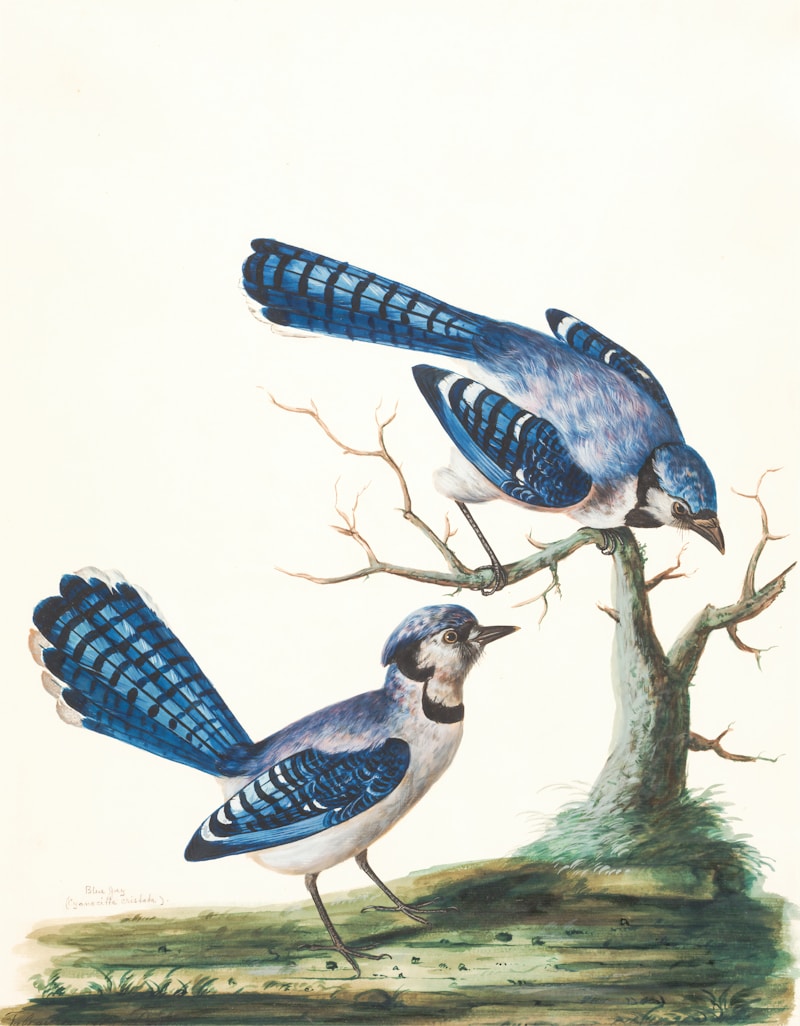Draping Techniques for Veils: Elevate Your Bridal Look with Expert Tips
When it comes to bridal fashion, the veil is one of the most significant elements that can transform a wedding dress from beautiful to breathtaking. Understanding draping techniques for veils can help brides achieve the desired aesthetic while ensuring comfort and elegance as they walk down the aisle. This article will explore various draping techniques for veils, their benefits, and how to choose the right style for your big day.
Understanding Veil Draping Techniques
The draping of a veil plays a critical role in its overall appearance. Whether you want a simple look or a dramatic flair, mastering different draping techniques can enhance your bridal ensemble. Below, we will highlight some popular draping techniques for veils and how they can be applied to various styles of bridal dresses.
1. Classic Cathedral Draping
The cathedral veil is one of the most dramatic styles, often cascading several feet behind the bride. This technique involves draping the veil over the head and allowing it to flow seamlessly down the back. This style is best suited for formal weddings, where the bride wants to make a grand entrance.
How to Achieve Classic Cathedral Draping
- Start with a comb or hairpin to secure the veil to the hair.
- Place the veil over your head, ensuring it is centered.
- Adjust the length to your preference, allowing the veil to cascade to the desired length.
2. Blusher Draping
The blusher veil offers a traditional yet romantic look. It covers the bride’s face during the ceremony before being flipped back for the reception. This technique provides a classic appearance while allowing for an intimate moment during the vows.
Implementing Blusher Draping
- Secure the veil with a comb in the front, letting it fall over the face.
- If desired, attach a second comb at the back to keep the veil in place.
- During the ceremony, gently lift the veil away from the face for the "first look."
3. Side-Swept Draping
For a more modern and chic look, consider side-swept draping. This technique adds an element of asymmetry, perfect for brides looking to stand out. It works well with bridal hairstyles that are either up or down.
Steps to Create Side-Swept Draping
- Place the veil on your head and decide which side you want it to cascade.
- Pin or secure the veil to one side of the head, allowing it to drape over the shoulder.
- Adjust the length and fullness to achieve the desired look.
4. Layered Draping
Layered draping involves using multiple veils or layers of fabric to create depth and dimension. This technique is perfect for brides who want a unique, fashion-forward style for their big day.
Creating Layered Draping Looks
- Choose two or more veils of varying lengths and fabrics.
- Secure the first layer at the crown of your head.
- Layer the remaining veils underneath or over the first, adjusting for volume and texture.
5. French Twist Draping
The French twist draping technique combines elegance with a touch of intricacy. Ideal for sophisticated weddings, this style creates a refined look that complements both modern and classic bridal gowns.
Executing French Twist Draping
- Ponytail your hair and twist it into a bun, securing it with pins.
- Place the veil over the twisted hair, allowing it to cascade down the back.
- Pin any loose layers to ensure a structured look.
| Draping Technique | Ideal For | Style Aesthetic |
| Classic Cathedral Draping | Formal Weddings | Grand and Dramatic |
| Blusher Draping | Traditional Ceremonies | Romantic and Intimate |
| Side-Swept Draping | Modern Looks | Chic and Unique |
| Layered Draping | Fashion-Forward Brides | Dynamic and Textured |
| French Twist Draping | Sophisticated Events | Elegant and Refined |
Choosing the Right Draping Technique for Your Veil
Selecting the appropriate draping technique depends on various factors, such as the style of your wedding dress, your hairstyle, and the theme of your wedding. Consider the following tips when choosing the right method:
1. Dress Style Compatibility
Ensure that your draping technique complements your dress. For instance, a dramatic cathedral veil works well with a ball gown, while a side-swept drape can enhance a sleek, fitted gown.
2. Hair and Makeup
Your hairstyle should also harmonize with the draping technique. An updo may be suited for a classic veil, whereas loose hair could work beautifully with side-swept draping.
3. Venue Considerations
The setting of your wedding can influence your choice. Outdoor weddings might lean towards lighter, flowing fabrics, while indoor formalities could accommodate heavier fabrics that hold structure.
Conclusion: Master the Art of Draping Veils
Understanding and mastering draping techniques for veils can significantly enhance your bridal look. Whether you choose a classic cathedral, trendy side-swept, or elegant French twist draping, each style offers something unique and personal for your special day. As you plan your wedding, remember to consider your dress, hair, and venue when deciding on veil draping. Above all, choose a style that makes you feel beautiful and confident as you walk down the aisle.
For further inquiries, consider reaching out to bridal stylists or attending workshops specializing in bridal accessories. Happy planning!
